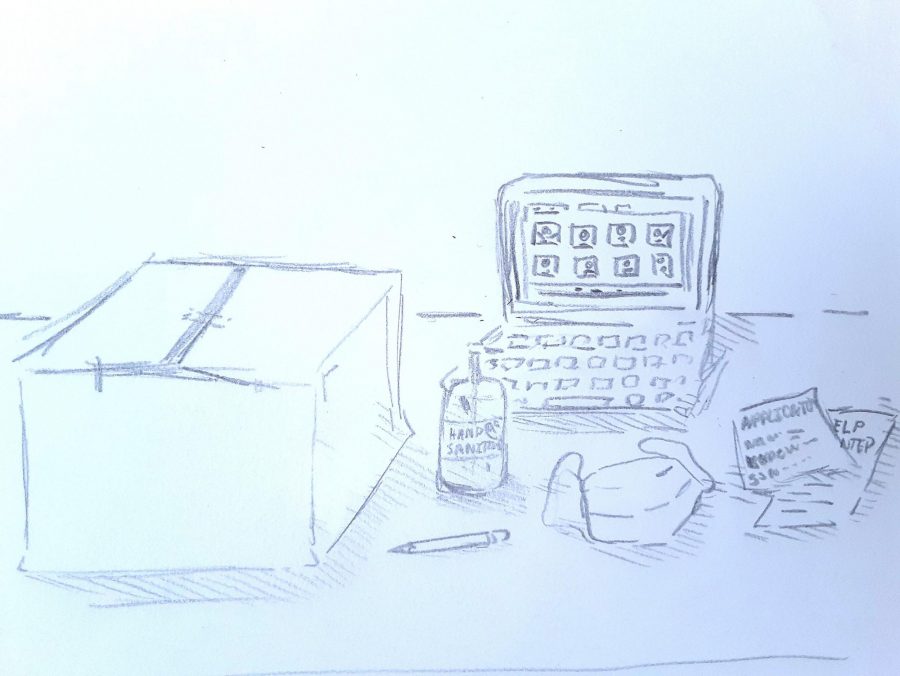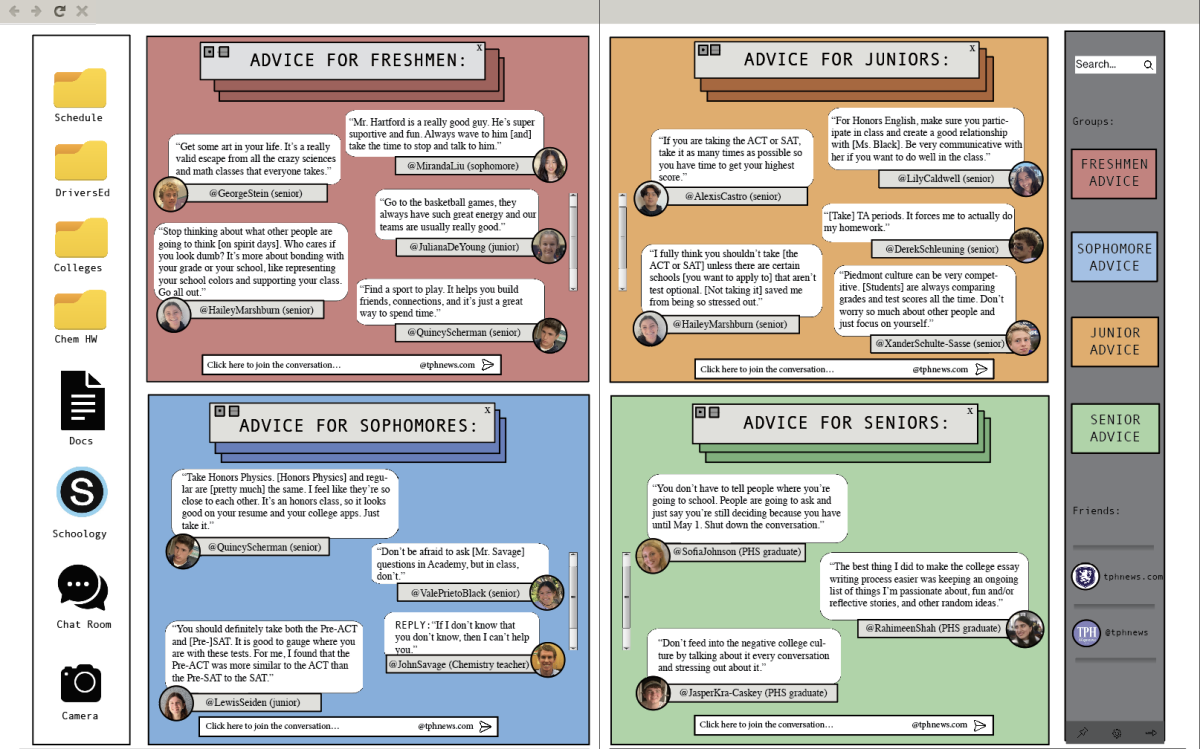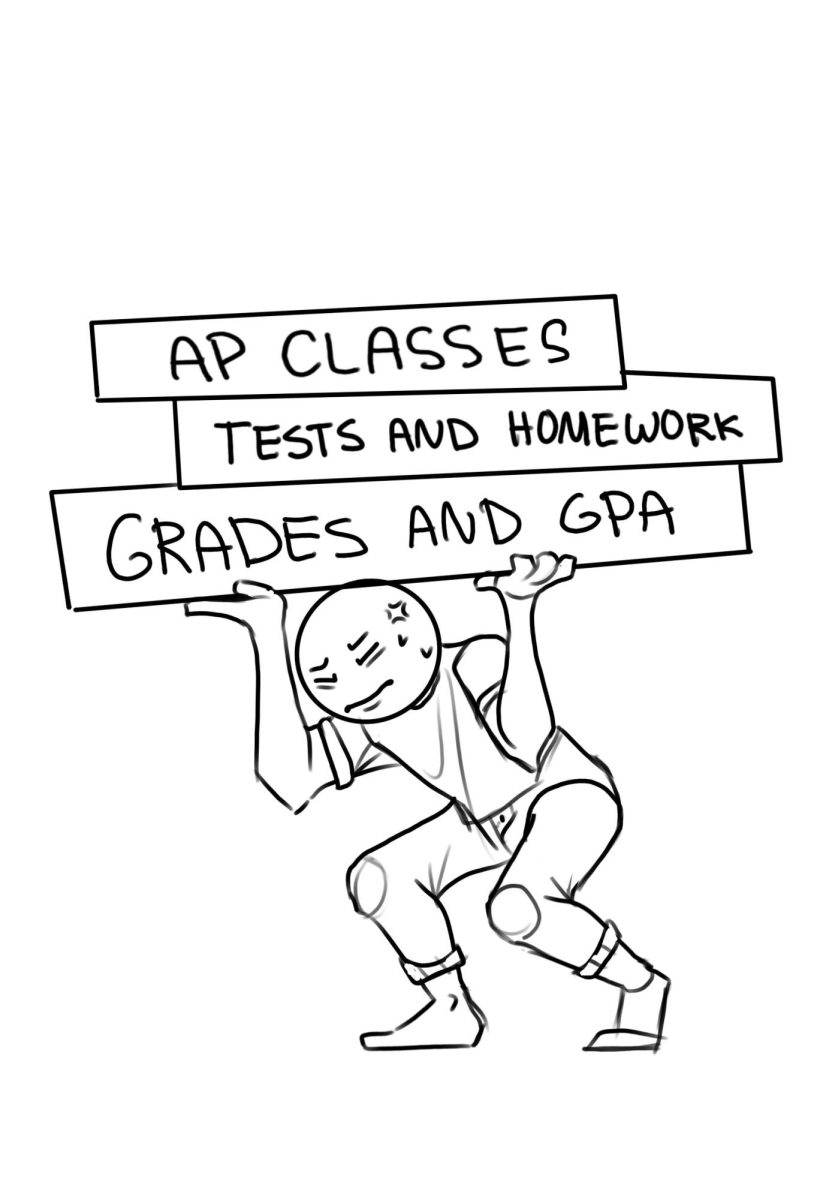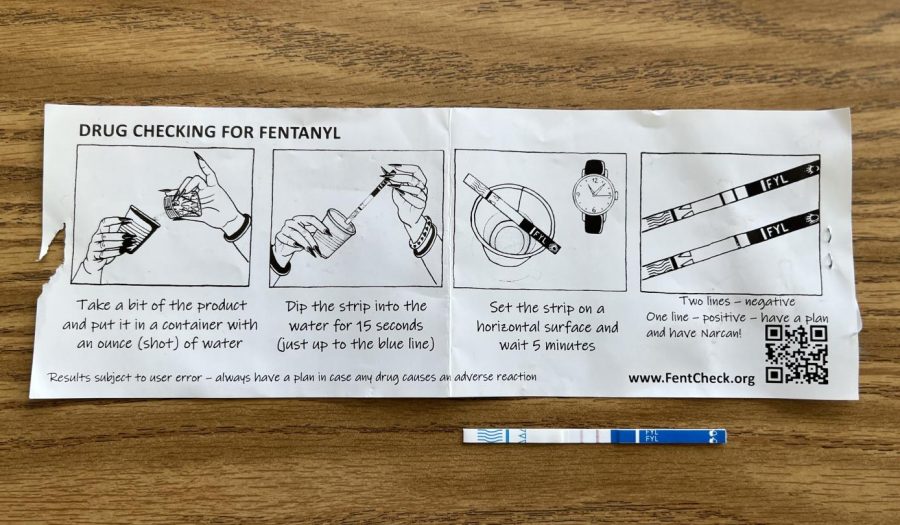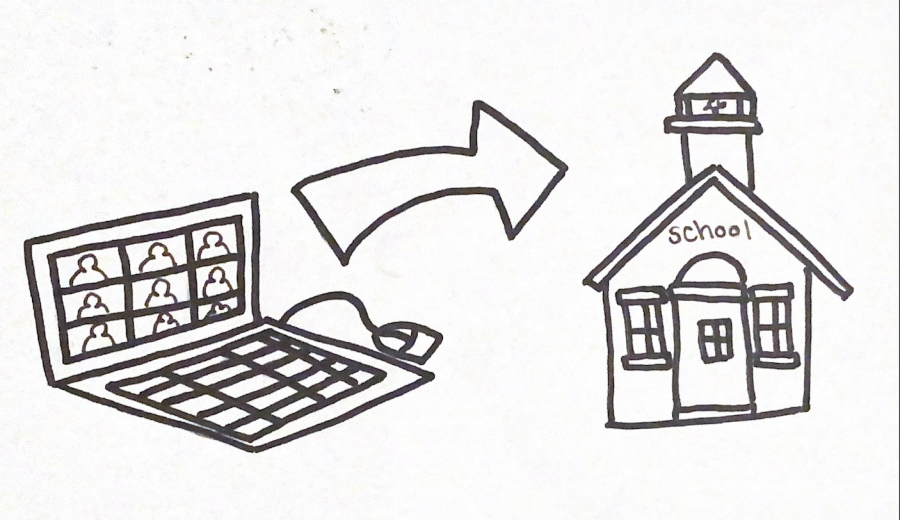Usually, taking a test means spending at least an hour in dead silence, staring blankly at the sheet in front of them.
However, geometry classes have put a little spin on their proof test, instead requiring that each student recite a proof out loud.
Math teachers Diana Miller, John Hayden, and Bill Marthinsen did the dice roll proofs with their class two weeks ago. Marthinsen and Hayden have done this every year for over 10 years, whereas this is Miller’s first year implementing it.
For the test, the student rolls a 20-sided die, with each number corresponding to a different quadrilateral proof. They then had to draw a diagram and orally explain the proof, to show full understanding of the concept.
“It’s a test where students actually have to sit down and talk through and explain a proof and show that they understand the logic behind putting a proof together,” Marthinsen said.
Marthinsen said they started the dice roll proofs because they wanted to make sure students actually understood the way proofs work.
“Too many students can fake it and say that they know something when they don’t,” he said. “When you’re sitting there face to face you can’t fake it. It strips away a lot of the acting and a lot of the posturing and fakeness of a test.”
Marthinsen said that when he was a geometry student, the whole curriculum was based on proofs. Over time, the Geometry curriculum broadened, so as to draw more people into it. The consequence is a lesser emphasis on proofs.
“Those who become much more excited about [the proofs] can go further with it, and can go into great depth with the proofs, but everybody should have some level of understanding with the proofs,” he said.
To make sure students understood the basics of proofs, teachers took a manageable chunk of proofs to choose from.
“We try to make it something that’s doable, something that you can get your head around, and that you can prepare for and learn how to prepare for something like that,” Marthinsen said.
Marthinsen said he tries to make the project less intimidating to students by helping them throughout the process.
“We’re not sitting here ready to skewer and rip apart what the student’s saying, as they’re presenting it,” he said. “We ask questions to clarify, we ask questions to guide, and we try to get them to do it themselves and come up with the ideas, instead of letting them go all the way through it and saying, ‘nope, you’re wrong here, you’re wrong here, you lose a point’.”
Students have had very mixed feelings about the dice roll proof coming out of it.
“There are some students who have been terrified by it, who did it, and were thrilled, and then there have been some students who thought they were ready for it, and went out there and completely fallen on their face and felt really bad about it,” Marthinsen said.
How one does on the proof depends on clarity, how well the student uses the diagram, and comfort with the material.
“I generally like the idea of having the test oral, but we had to memorize 20 proofs which took a lot of time,” freshman Josh Landheer said.
Landheer said that he did not want to memorize all 20 proofs, but since it was required, he like presenting it orally better than presenting it in writing.
Sophomore Arielle Albert also liked the oral test better than a written test.
“Not having anything written down is different. We were being graded on how we verbally communicated the math proof. It might be easier because while you’re talking, it’s like thinking out loud so it’s easier to catch your mistakes,” she said.
Based on their strengths, some people performed better on the verbal test than on a traditional test, while others performed worse. Albert thinks she did on the verbal test because she does not consider herself a strong test-taker, when it comes to written tests.
Similarly, freshman Claire Reichle liked the idea of the verbal proof test.
“I think it was easier because it was more straightforward and we already knew what the test would be like,” she said. “I would rather do this because I think it will help to be able to talk through it.”
Marthinsen said though students may feel intimidated going into the test, they seem to have a lot more respect for it afterwards.
“When we’re in the hallway doing it, and students come walking by who have done it in the past themselves, they get really quiet, and their very respectful for what’s going on,” he said.













